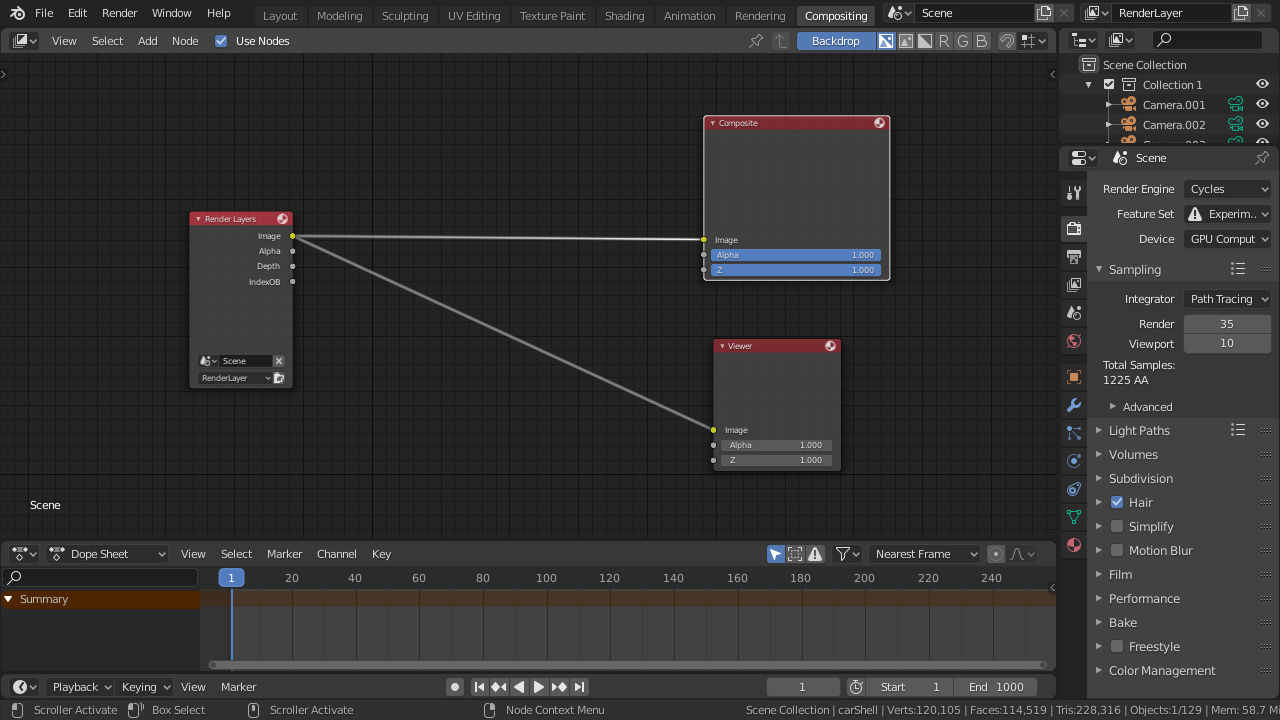
Vanilla autoencoders can however perfectly be used for noise reduction (as we will do in this blog post) and dimensionality reduction purposes.) This has to do with the non-restrictiveness with which the encoder learns the latent/encoded state (Shafkat, 2018). constructing new images from some encoded state, like a GAN. vanilla autoencoders cannot be used for generative activity, i.e. (What you must understand is that traditional autoencoders a.k.a. When autoencoders are used for reconstructing some input, this is what you get. The encoded state is also called latent state. It contains an encoder, which transforms some high-dimensional input into lower-dimensional format, and a decoder, which can read the encoded state and convert it into something else. This is an autoencoder at a very high level:
#DENOISER 2 ON LAYER FREE#
In that case, feel free to skip it, but if you know only little about the concept of autoencoders, I'd recommend you keep reading 😀

If you know a thing or two about autoencoders already, it may be the case that this section is no longer relevant for you. If we wish to create an autoencoder, it's wise to provide some background information about them first. Recap: autoencoders, what are they again? In this blog post, we'll show you what autoencoders are, why they are suitable for noise removal, and how you can create such an autoencoder with the Keras deep learning framework, providing some nice results! Traditional noise removal filters can be used for this purpose, but they're not data-specific - and hence may remove more noise than you wish, or leave too much when you want it gone.Īutoencoders based on neural networks can be used to learn the noise removal filter based on the dataset you wish noise to disappear from.


Images can be noisy, and you likely want to have this noise removed.


 0 kommentar(er)
0 kommentar(er)
